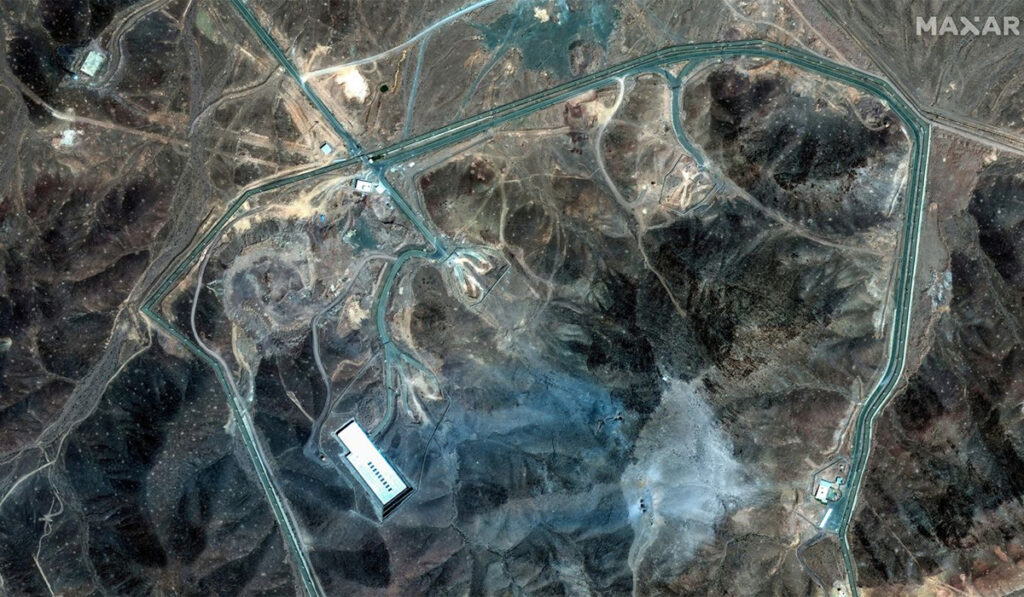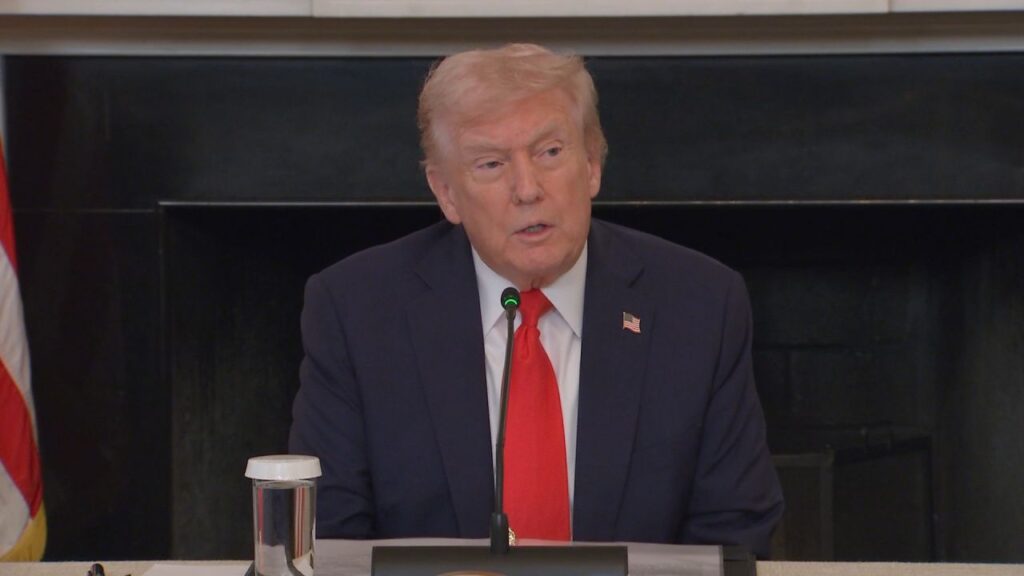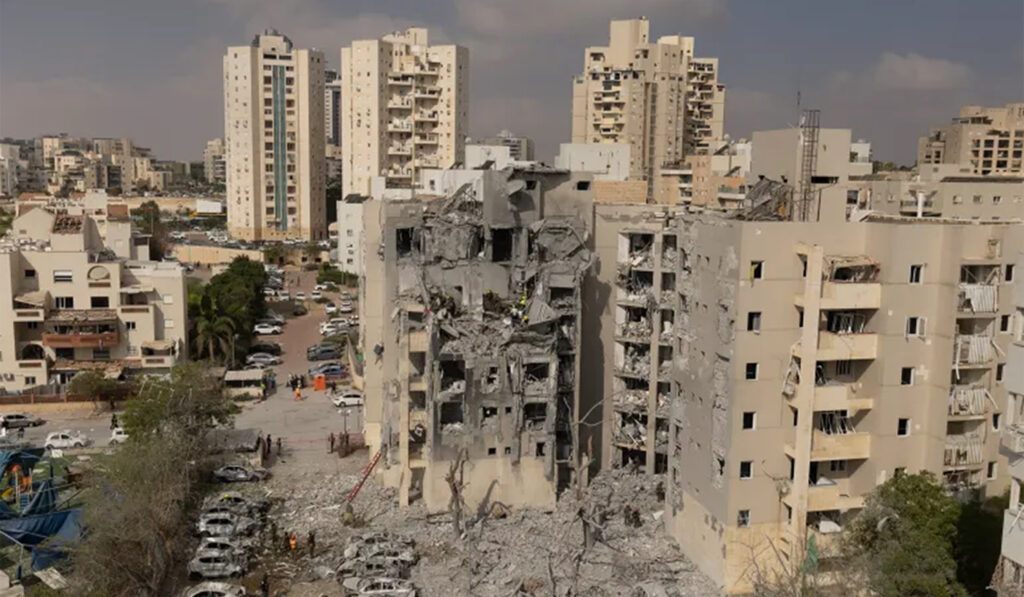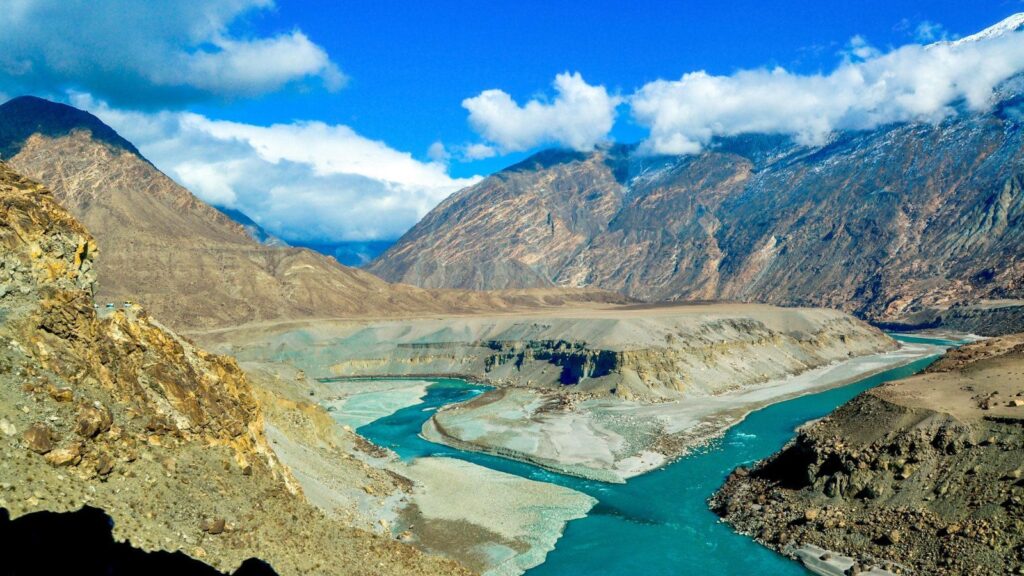
On the morning of June 22, 2025, the United States carried out one of the most consequential military operations in recent history by launching Operation Midnight Hammer, a surprise precision attack on three of Iran’s major nuclear facilities: Fordow, Natanz, and Isfahan. The move marked Washington’s direct entry into the escalating conflict between Iran and Israel, a conflict that has already pushed the region to the brink of a broader war.
The Pentagon confirmed that the operation began around 2:30 a.m. local time in Iran. According to U.S. officials, the mission was executed using a combination of B-2 Spirit stealth bombers and Tomahawk cruise missiles, targeting Iran’s deeply buried nuclear infrastructure. Fordow and Natanz, both heavily fortified underground enrichment sites, were struck with Massive Ordnance Penetrator (MOP) bombs, the largest non-nuclear bunker busters in the U.S. arsenal. These bombs, each weighing over 30,000 pounds, were used in combat for the first time. Simultaneously, Tomahawk missiles launched from a U.S. Navy submarine hit strategic components of the Isfahan nuclear research center, according to a detailed report by Reuters.
In a televised briefing, Secretary of Defense Pete Hegseth hailed the attack as a “spectacular military success,” noting that over 125 aircraft were involved in the coordinated mission, including aerial refueling tankers, support drones, and electronic warfare planes. General Dan Caine, Chairman of the Joint Chiefs of Staff, stated that this was the largest operational deployment of B-2 bombers in history. President Donald Trump, in a post on his social media platform, praised the mission and said that “all aircraft returned safely,” adding that the objective was to “neutralize a clear and growing nuclear threat.” He stopped short of confirming whether the long-term goal was regime change, but left the door open for “additional actions if necessary.”
Iran responded swiftly but cautiously. While Tehran admitted that the sites were attacked, government spokesperson Ali Bahadori Jahromi claimed that the damage was “superficial” and that Iran’s nuclear capabilities remain intact. However, satellite imagery published by TIME and independent analysts showed significant structural damage at the Fordow facility, including collapsed access tunnels and major surface destruction. The Isfahan site was also visibly damaged, although the full extent of internal destruction remains unknown due to the site’s secure design.
Iran’s Supreme Leader Ayatollah Ali Khamenei vowed retaliation, declaring that “this aggression will not go unanswered.” Iranian military officials threatened to close the Strait of Hormuz, a vital maritime chokepoint for global oil shipments. There were also warnings of cyber attacks, missile strikes, and further regional escalation. Iran’s Islamic Revolutionary Guard Corps (IRGC) hinted at retaliatory actions against U.S. allies in the region, particularly Israel and Saudi Arabia.
The global reaction was swift and divided. Israel welcomed the U.S. operation, with Prime Minister Netanyahu calling it a “decisive and historic act of leadership.” Russia, meanwhile, condemned the strikes as “a reckless and unprovoked act of aggression” and warned that such moves could motivate other countries to supply Iran with nuclear capabilities.
Within the United States, Operation Midnight Hammer sparked intense political debate. Republican lawmakers largely supported the move, calling it necessary to protect global security and prevent Iran from becoming a nuclear power. Senate Majority Leader John Thune and Senator Lindsey Graham praised Trump’s resolve and military precision. In contrast, Democrats, including Reps. Rashida Tlaib and Debbie Dingell, questioned the constitutionality of the strike, criticizing the White House for bypassing Congressional approval. Michigan Live reported that several Democrats are pushing for a new War Powers Resolution to reassert legislative authority over decisions of war and peace.
The economic ramifications were immediate. Oil prices surged more than 6% in overnight trading, driven by fears that any Iranian move to shut down the Strait of Hormuz could disrupt nearly 20% of global oil shipments. The Pentagon also confirmed it had repositioned several aircraft carriers and destroyers to the Gulf, signaling readiness for further engagement if provoked.
As the world awaits Iran’s next move, diplomatic backchannels are reportedly in motion, though neither side has publicly confirmed talks. The question now is whether Operation Midnight Hammer was a one-time deterrent or the opening salvo of a broader conflict. According to U.S. intelligence sources cited by Washington Post, further attacks are being “planned but not yet ordered,” depending on Iran’s retaliation.
With tensions running high, the next few days may determine the future of U.S.–Iran relations and potentially the security of the entire Middle East. While the U.S. strike on Iran nuclear sites has succeeded militarily for now, the path to peace, if any remains, will be far more complex and fragile.
Dwayne Paschke is an experienced news reporter and media professional, currently working as a senior news analyst for a private media organization based in Toronto, Canada. With years of experience in journalism, he brings a wealth of knowledge to his role, where he contributes to Los Angeles Headlines by providing accurate and comprehensive coverage of significant news stories.






